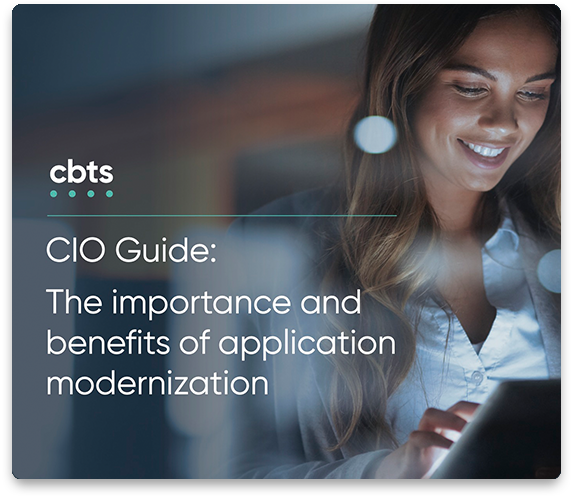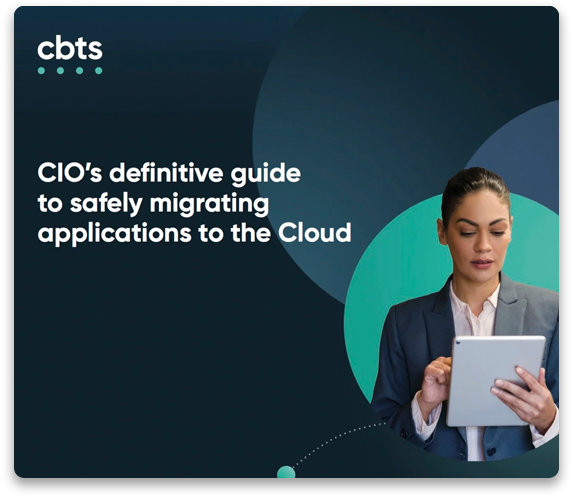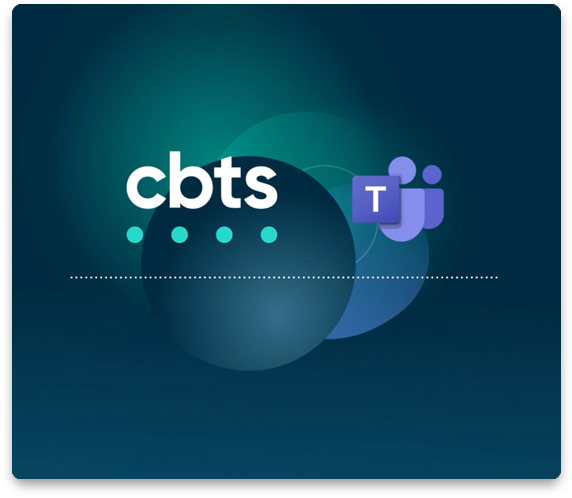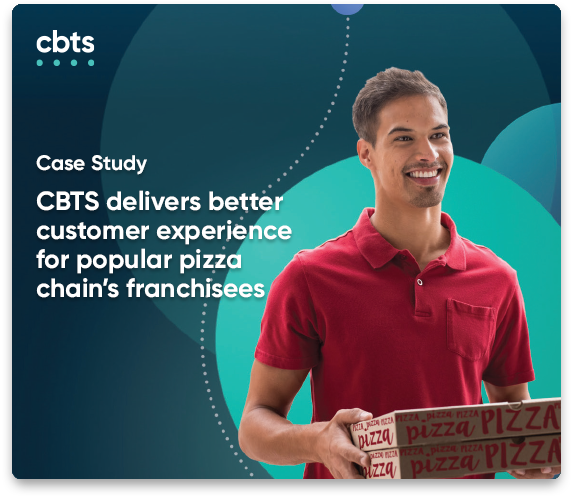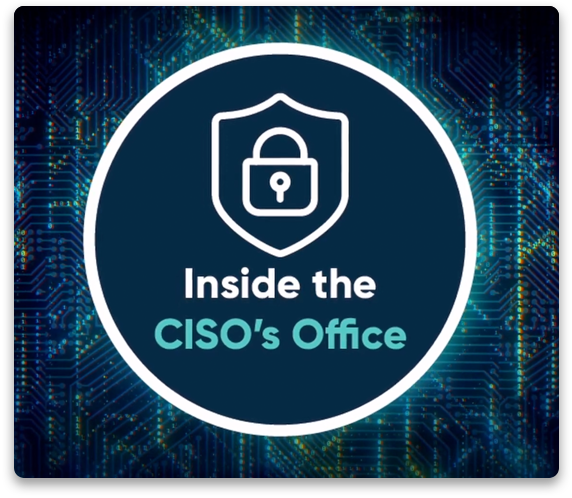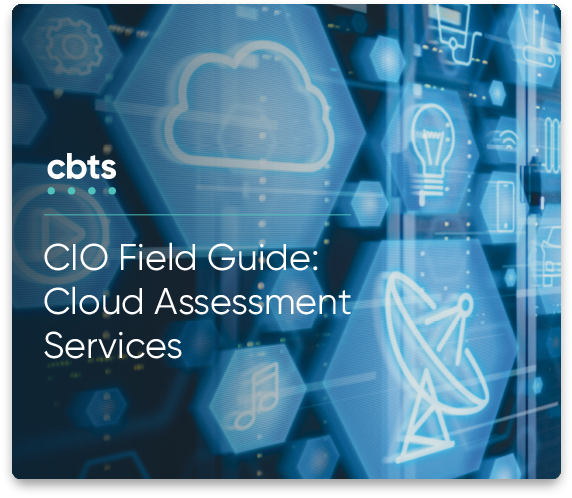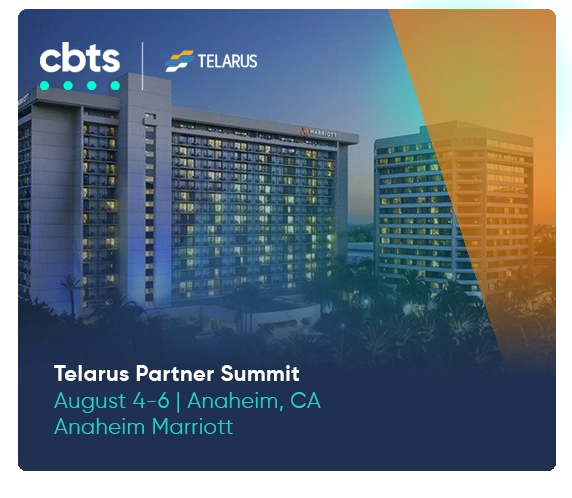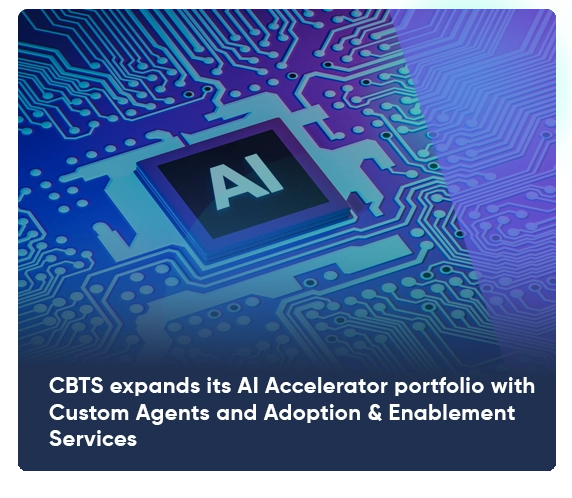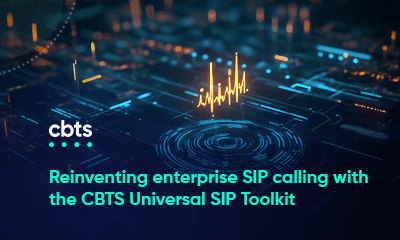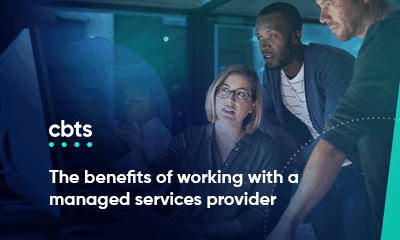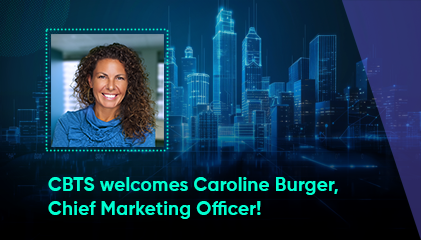
Demands on enterprise technology infrastructure are rapidly increasing, shaped by unprecedented needs for business agility, advanced cybersecurity, and ever-finer efficiency gains. At the same time, technology talent is harder to find as organizations compete for the new skills they need.
To fill the gap, managed services providers (MSPs) are stepping in with an evolving model: a comprehensive, platformed approach that embraces AI as an enhancer while still putting the personal touch first. In our latest Tech Talk, I spoke with CBTS SVP of Solutions Justin Rice about how managed services are changing and what customers should look for when considering a partnership.
Unifying managed services with the power of the platform
What value do managed services providers deliver? For a long time, enterprises sought out MSPs for single-purpose work. Their role was to provide comprehensive support for one or a few critical IT functions, such as network monitoring and support, or cloud infrastructure optimization.
“In the past, we looked at managed services not as a product, but as a service… That’s the realization [now], managed services is the product. That’s what the platform is doing; it is looking at it as a product—looking at it as a solution. Rather than us managing ten different solutions that you have—no, we are the solution.” -Justin Rice
But as MSP adoption grows, consumer experience may become fragmented. Modern managed services platforms, on the other hand, work to consolidate the customer experience and deliver on the potential for efficiencies with:
- Unified operations across services like network, cloud, and disaster recovery.
- Streamlined support and escalation processes.
- A single, holistic view of the entire IT environment.
This platform model provides a similar simplicity and integration to consumer-oriented platforms like Meta or Amazon for enterprise IT operations.
Breaking down the modern managed services platform
A contemporary managed services platform works across three key layers:
- The customer layer covers all end-user devices, applications, and environments customers want their MSP to handle.
- The core layer is the “engine” of service delivery, powered by support tools such as ServiceNow or Remedy. These enable automation, in-depth monitoring, and AI-enhanced service management.
- The service layer is where customers and support teams engage one another and define the customer experience. As Justin put it: “We use the core layer to deliver the outcomes that we promise, but the service layer is where we and the customer meet.”
High performance at the core layer is essential to an MSP’s operations, but the service layer is ultimately the key to success. When customer trust is high, and frustration is minimal, technical skill can deliver more value than it can on its own.
Read more: Four strategies for migrating to cloud-native unified endpoint management (UEM)
Enhancing (not replacing) managed services with AI
AI is making inroads into managed services platforms not as a replacement for human support agents, but as a tool to point agents in the right direction and enable them to deliver superior outcomes in less time.
“We’re interacting because you have an issue, because your business is being impacted. That is not the time for you to be talking to an LLM,” Justin said. “However, AI, when deployed properly, can make us better, faster, stronger.”
AI tools boost MSP efficiency by:
- Offering predictive analytics and intelligent recommendations, making root-cause analysis faster and troubleshooting more precise.
- Eliminating repetitive manual tasks, reducing errors, and accelerating change management at scale.
As a closely integrated assistant, AI empowers teams to provide faster, smarter, and more reliable service while preserving the human connection at the core of customer interactions.
Read more: AI and the human element: Building an AI strategy for cybersecurity awareness
What to look for in a managed services provider
For enterprises exploring MSPs, knowing what you want is crucial. A modern, AI-driven managed services provider is less an outside vendor and more an extension of your in-house teams. To establish your needs, try writing a job description for the role you want an MSP to fill.
With those requirements in mind, look for a partner that offers:
- Broad expertise across technologies and vendors, so they can plug directly into your current technology stack.
- Flexible management models, including co-management, full outsourcing, or hybrid arrangements.
- Outcomes, not just tools. Let your business goals drive the partnership, and ensure the technology serves them.
- Transparency, sharing data and insights that put you in charge of your environment.
Modern MSPs strive to be a complete solution to the complex problem of managing next-generation IT. Baseline technical expertise is expected—the service is the product. As an organization, your top priority is to ensure that any MSP you partner with meets your standards for collaboration and transparency.
Explore the transformational impact of managed services with CBTS
The managed services landscape is shifting away from disconnected support functions toward unified, intelligent platforms powered by automation and AI. Enterprises that embrace this shift can reduce complexity, address skills gaps, and stay focused on what matters most: driving business success.
To learn more about the evolution of managed services and where they fit in your enterprise’s technology strategy, watch the full Tech Talk video, or contact CBTS today.

